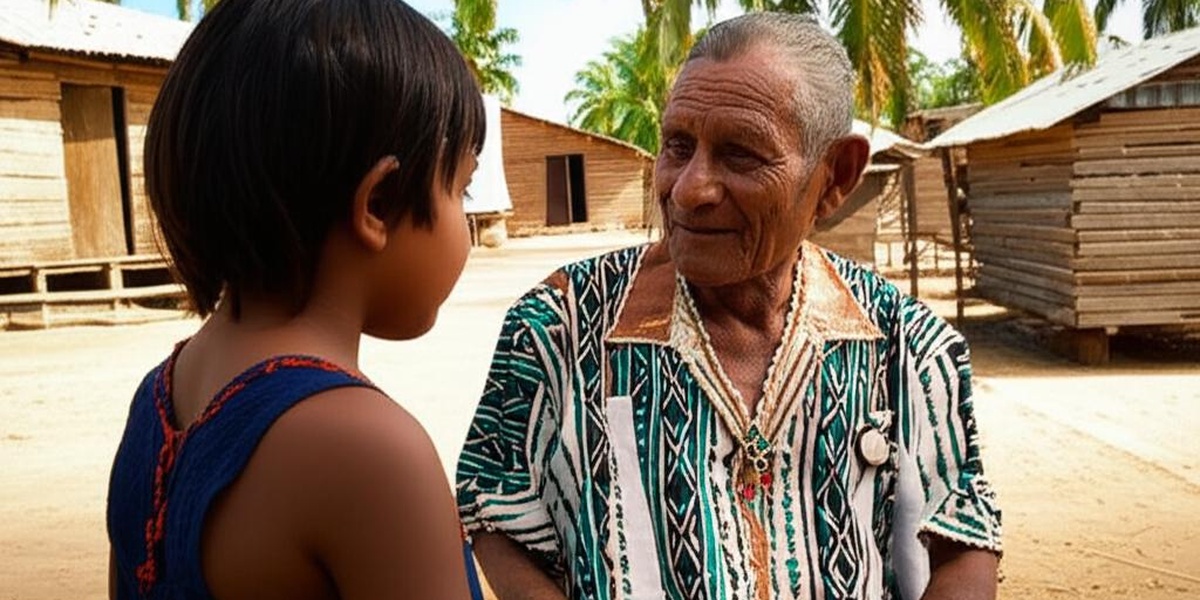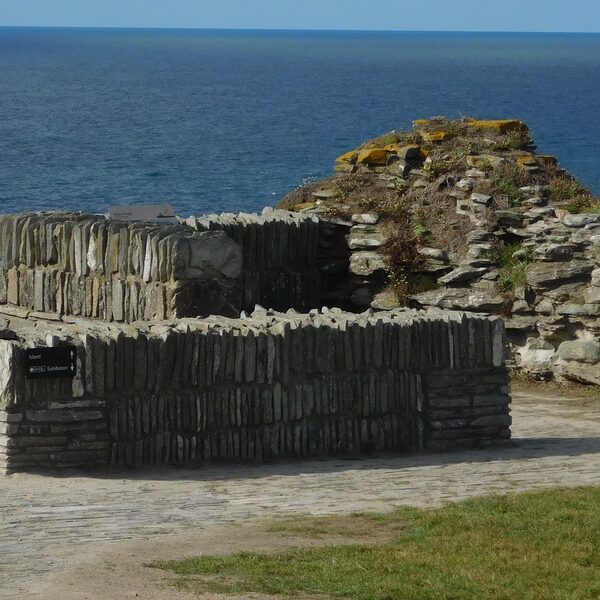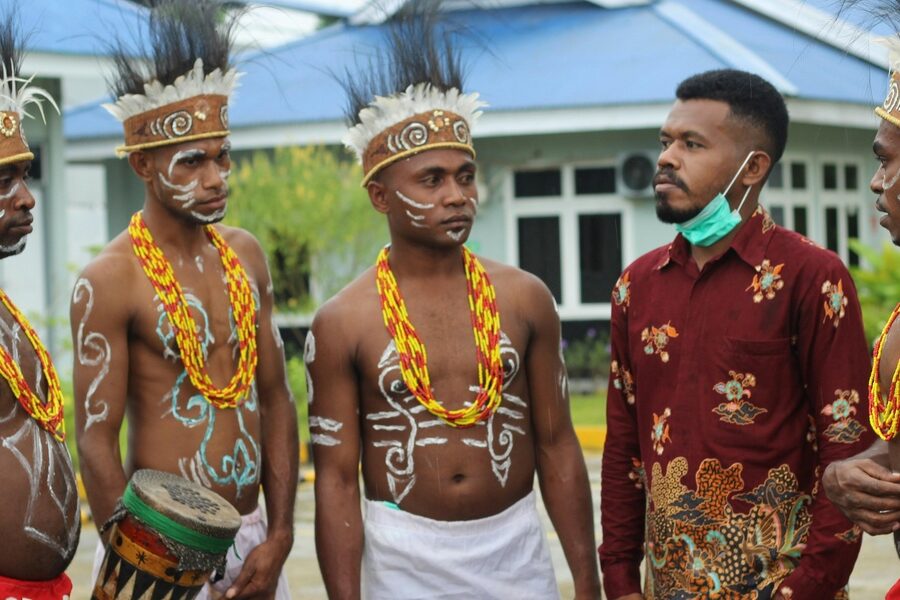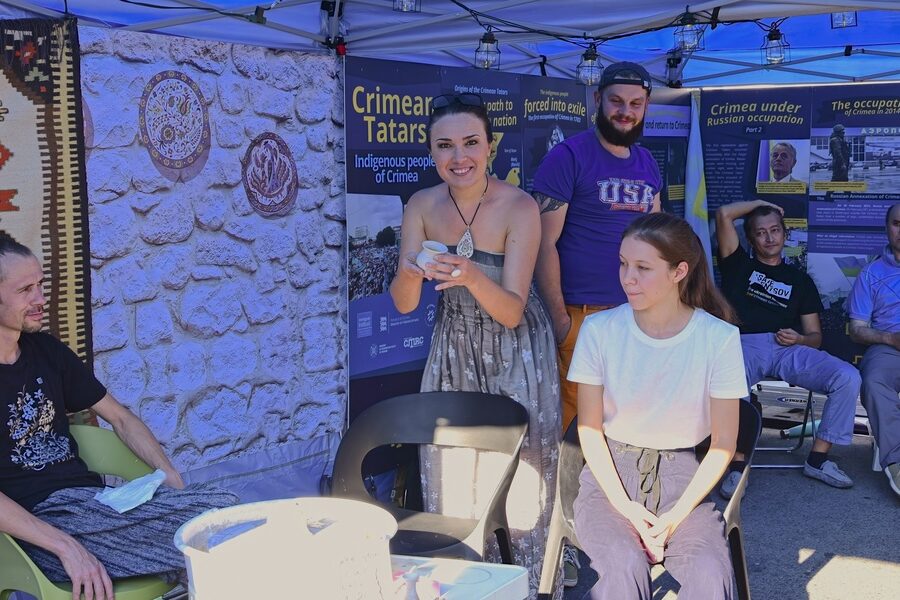Honduras is home to a patchwork of communities whose languages carry history, knowledge and local identity. From mountain villages to coastal lowlands, these tongues inform daily life, ceremonies and place names — and they deserve clear, accessible documentation for readers and researchers alike.
There are 7 Indigenous Languages in Honduras, ranging from Ch’orti’ to Tol (Jicaque). For each language you’ll find below concise entries organized by the columns Speakers (est.), Region(s), Vitality status so you can compare population size, geographic distribution and how endangered each language is — you’ll find that information below.
How reliable are the speaker estimates and vitality labels?
Speaker counts and vitality assessments are best viewed as informed estimates: they come from censuses, field surveys and linguistic studies that vary in date and method. Use the Speakers (est.) column as a starting point and check recent fieldwork or community sources for the latest figures, especially for languages labeled as vulnerable or endangered.
How can I use the Region(s) and Vitality status columns to learn more locally?
Region(s) points to the general areas where a language is spoken; combine that with Vitality status to prioritize where preservation efforts or visits might be most useful. For deeper research, contact local universities, cultural organizations or community leaders listed in specialist resources.
Indigenous Languages in Honduras
| Language | Speakers (est.) | Region(s) | Vitality status |
|---|---|---|---|
| Miskito | 100,000 | Gracias a Dios, Colón, Atlántida, parts of Olancho | Vulnerable |
| Garífuna | 65,000 | Colón, Atlántida, Cortés, Bay Islands (Caribbean coast) | Definitely Endangered |
| Pech | 1,200 | Olancho (northeast/central Honduras) | Critically Endangered |
| Tol (Jicaque) | 2,000 | Yoro, Francisco Morazán, central Honduras | Severely Endangered |
| Tawahka | 600 | Gracias a Dios region, Patuca River area (eastern Honduras) | Severely Endangered |
| Ch’orti’ | 3,500 | Copán, Ocotepeque, western Honduras (border areas) | Endangered |
| Lenca | 0 | Historically: Lempira, Intibucá, La Paz, Comayagua, Choluteca | Extinct |
Images and Descriptions
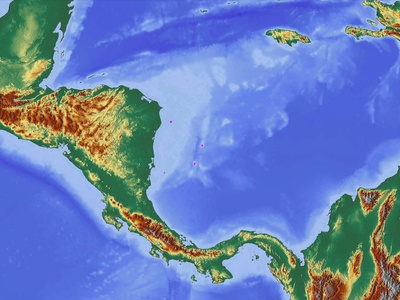
Miskito
A Misumalpan language of the Atlantic coast used in many Miskito communities. It serves as a regional lingua franca but faces pressure from Spanish in towns; transmission remains stronger in rural areas.
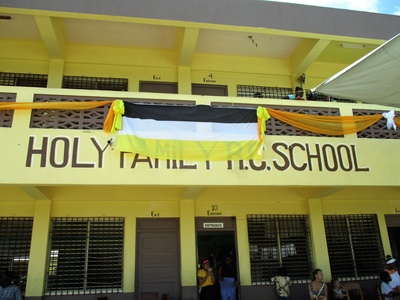
Garífuna
An Arawakan language with African and Carib influences, central to Garífuna identity on the Caribbean coast. Rich oral traditions persist, though younger generations increasingly shift to Spanish and language use is declining.
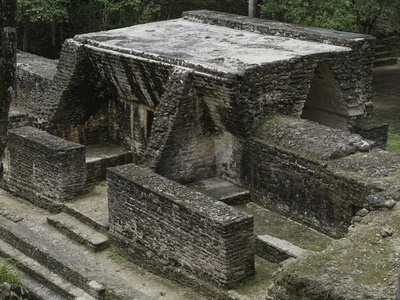
Pech
Also called Paya, Pech is a Chibchan language with very few speakers concentrated in Olancho. Intergenerational transmission is weak and the language is at high risk, though local documentation and revitalization efforts exist.

Tol (Jicaque)
Tol (Jicaque) is spoken by Tolupan communities in central Honduras. Heavy Spanish influence and community disruption have reduced fluent speakers; some cultural initiatives aim to preserve the language.
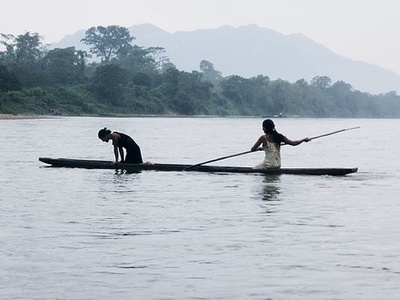
Tawahka
Tawahka is spoken by a small community along the Patuca River. Geographic isolation has preserved features, but very low speaker numbers and Spanish pressure threaten its survival.
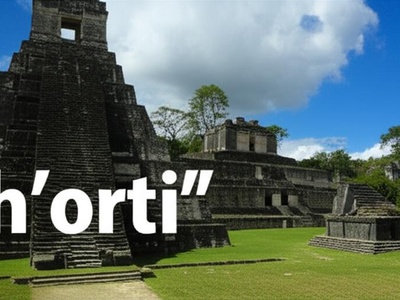
Ch’orti’
A Mayan language related to Chʼol, Ch’orti’ survives in western Honduras near Copán. Community-led revitalization exists, but Honduran speaker numbers are small compared with Guatemala and use is diminishing.
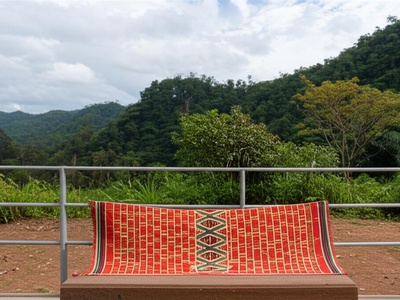
Lenca
Historically spoken across parts of southwestern and central Honduras, Lenca lacks fluent native speakers today. The language is documented in fragments and cultural revival projects promote Lenca identity and research.

